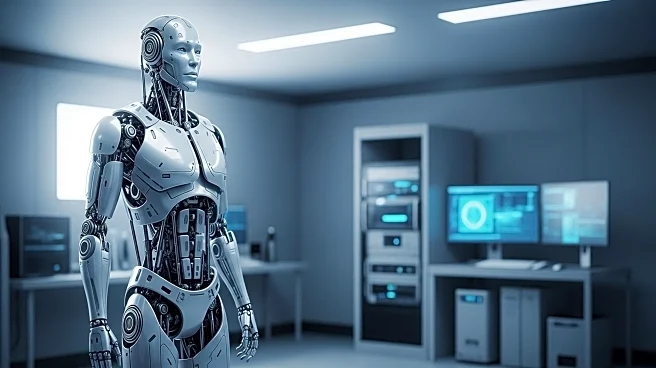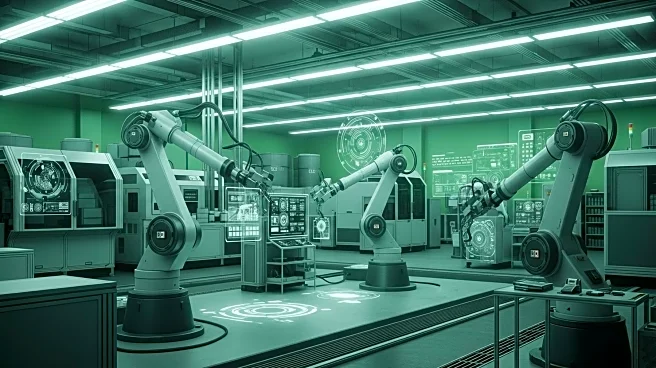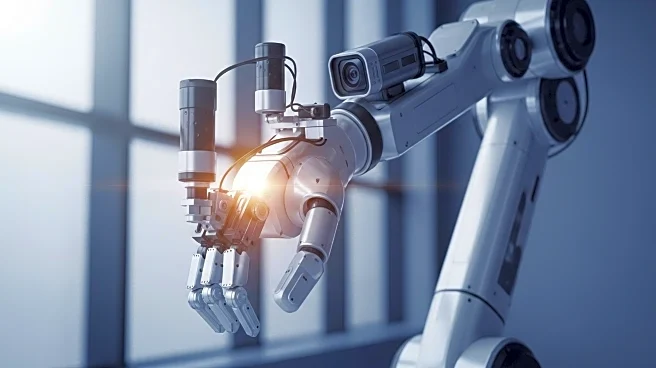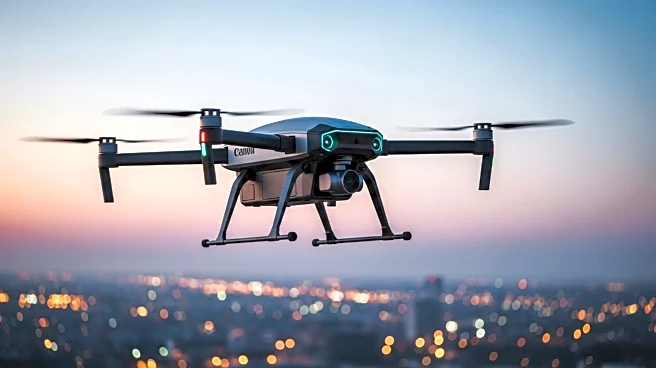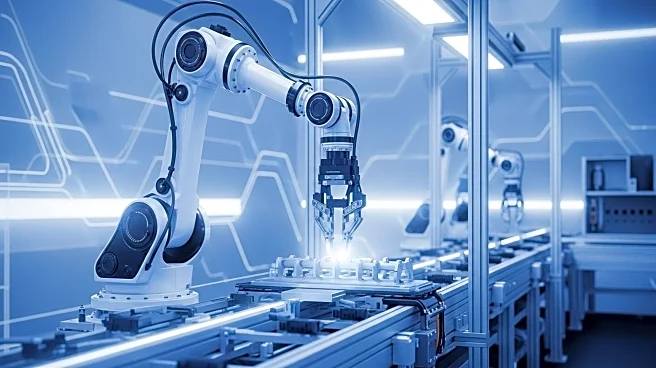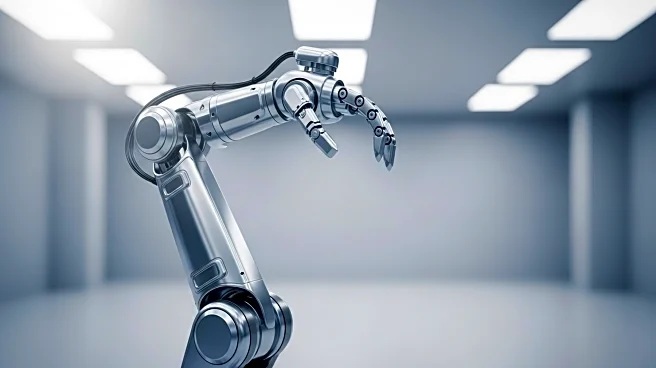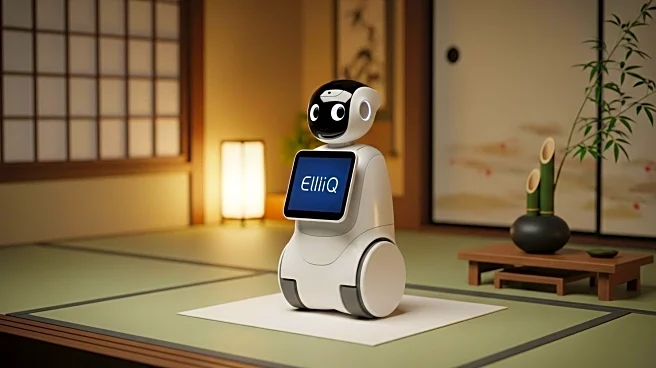What is the story about?
What's Happening?
The U.S. is at risk of falling behind China in the development and adoption of humanoid robots, according to industry experts. While the base technology for humanoids exists in the U.S., China's rapid progress in the field is creating a competitive edge. Chinese organizations are quickly adopting humanoid technology, fostering innovation and improvement. In contrast, the U.S. faces obstacles such as safety regulations and unit economics, which hinder the acceleration of humanoid research and adoption.
Why It's Important?
Humanoid robots offer significant advantages in flexibility and efficiency, potentially transforming industries such as manufacturing and logistics. China's advancements in this area could lead to increased competitiveness and economic growth, while the U.S. risks losing its technological edge. Addressing regulatory and economic challenges is crucial for the U.S. to capitalize on the benefits of humanoid robotics and maintain its position in the global tech landscape.
What's Next?
To enhance humanoid robotics development, the U.S. must focus on establishing safety standards and improving unit economics. Industry groups are working on standards like ISO 25875 to ensure compliance and safety. As these standards are implemented, U.S. companies may increase investment in humanoid technology, potentially leading to greater adoption and innovation.
Beyond the Headlines
The rise of humanoid robots raises ethical questions about job displacement and the role of automation in society. As humanoids become more prevalent, discussions around workforce adaptation and the balance between human and robotic labor may intensify. Additionally, the cultural acceptance of humanoid robots could vary, influencing their integration into everyday life.
AI Generated Content
Do you find this article useful?
